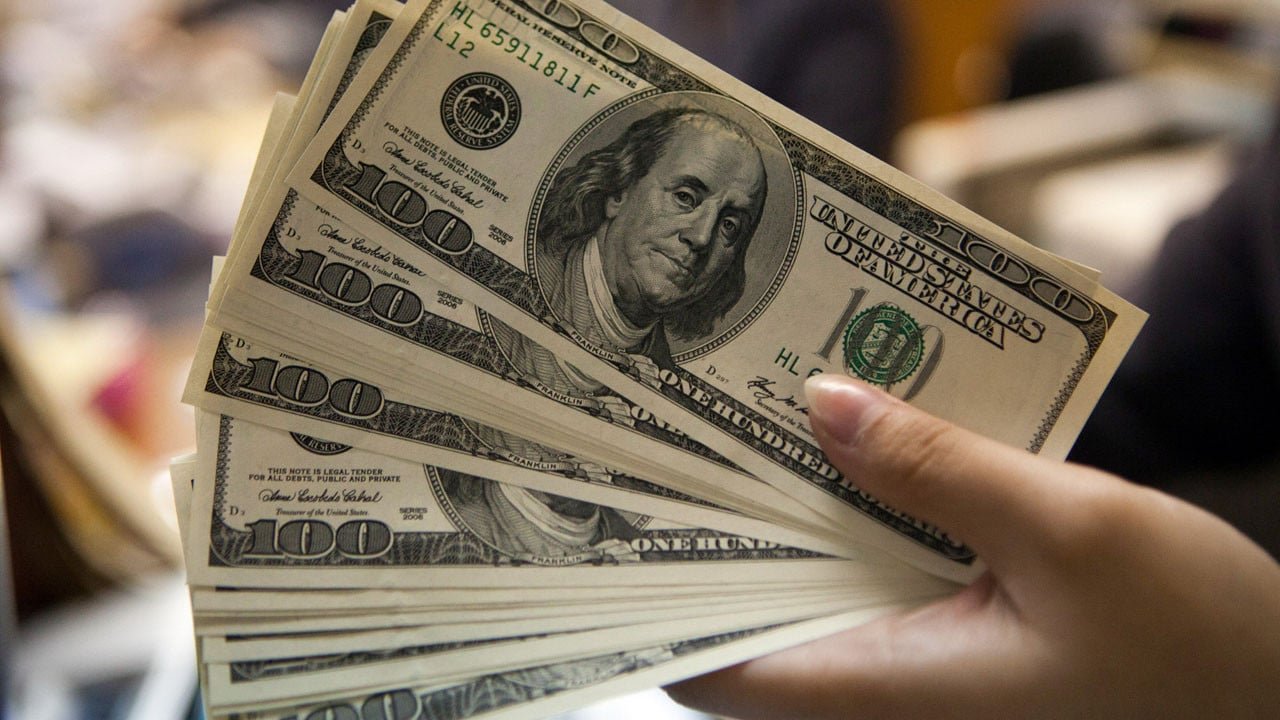Pakistan’s net foreign direct investment (FDI) surged by 48% to $771 million in the first three months of the fiscal year 2025, according to data released by the State Bank of Pakistan (SBP). The country received a net FDI inflow of $385 million in September alone, marking an 81% increase from the $213 million recorded in the same period last year and a 54% rise from the $250 million in the same month last year.
China emerged as the leading source of direct investments into Pakistan, with FDI from Chinese companies soaring by 147% to $404 million during July-September FY25. In contrast, investments from Hong Kong and the United Kingdom remained steady at $99 million and $72 million, respectively, during the first quarter of the current fiscal year.
The power sector attracted significant investment, with FDI increasing by 128% to $416 million in July-September FY25. Meanwhile, financial businesses received $127 million in FDI, down from $150 million a year ago. The gas and exploration sector saw a 23% rise in FDI, reaching $97 million in the same period.
Cross-border investment in Pakistan has fluctuated over the past four to five years due to economic and political instability. However, recent improvements in economic stability, following the completion of the International Monetary Fund’s (IMF) $3 billion loan program in April, have bolstered investor confidence.
Despite these gains, the IMF has advised Pakistan to halt the establishment of industrial zones offering investment incentives. This directive could impact Islamabad’s efforts to attract more Chinese industries, as the country had planned to develop at least nine special economic zones (SEZs) under the China-Pakistan Economic Corridor (CPEC) project, which are at various stages of development.
The IMF emphasized that Pakistan should avoid providing incentives such as tax breaks and subsidies to any new or existing SEZs to ensure a level playing field for investment.










